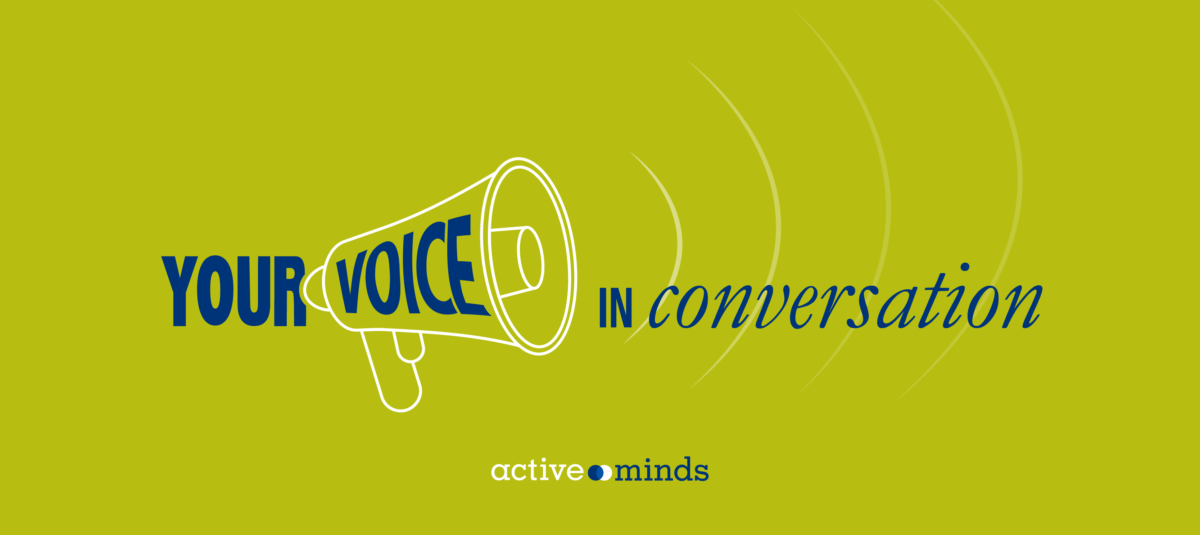Looking back, when I was a wide-eyed high school student, I had a lot of difficulty choosing which college to go to. That summer, I took a course at Ithaca College that cemented the decision for me. It was called “Communication, Culture, and Rhetoric,” led by a Black professor and predominantly attended by students of color.
When my professor taught us about ‘othering’ and the inherent racial coding deeply entrenched in the media, I felt shocked, upset, familiar, but most importantly: seen. My classmates and I had many discussions about our own experiences watching characters similar to us be conveyed negatively and also how difficult it is to fit our own perspective into a white main character because that’s how it was and still is.
For the first time, I felt comfortable talking about my own plights as an Asian American in an educational setting, knowing that I’m not making my white counterparts (which often took up most of the class) uncomfortable. Fast forward to decision day, and I decided I would fit in Ithaca College just right.
However, this decision didn’t turn out quite as I expected. My school is a predominantly white college, and my department lacks diversity. My learned helplessness told me that this is fine, that I don’t have a choice in the matter anyway. But another part of me was frustrated with the fact that I live in a country that may preach diversity but doesn’t always practice it.
If professors and faculty members are predominantly white, then that leaves a lot of room for potential cultural stigma and other issues. As institutions emphasize diversity in student applicants, they should also match that value in its hiring and training for staff. When schools don’t require or provide cultural competency training to faculty and staff, that decision, or lack of, conveys the message that it isn’t necessary.
College is an academic setting for students to not only learn and grow but also an opportunity for social mobility. And with the current climate in mind, it’s important to address how exactly college students are taught and taken care of in such an environment.
We can’t expect our faculty to have the basic understanding and recognition of the various multifaceted identities a campus community holds. And during a time where BIPOC and international students are facing unique difficulties that can impact them in ways white people can’t empathize with, it’s become increasingly clear that action needs to be taken. This isn’t just a matter of inclusivity and embracement but creating an ideal reality where administrators declare their allyship because our voices matter.
To truly discontinue centuries of discrimination takes more than calling out individuals in positions of power because there will always be another person to replace the job. Progressive change and improvement will start by eradicating the matter at its root. While cultural competency training won’t clear up everything, it shifts campuses in the right direction. It supports the wellbeing of students of color and international students in a huge way and also pushes the narrative of mental health care forward and expands our mindset to include some of the most vulnerable communities.
It’s not enough to be ‘not a racist’ – to be a true ally is to continuously and persistently be anti-racist. And when there’s a lack of cultural competency training, there’s a clear lack of practicing what schools have preached. College is an opportunity for social mobility and growth, but if it can’t accommodate the unique needs of BIPOC students, then this opportunity isn’t equal for all.




